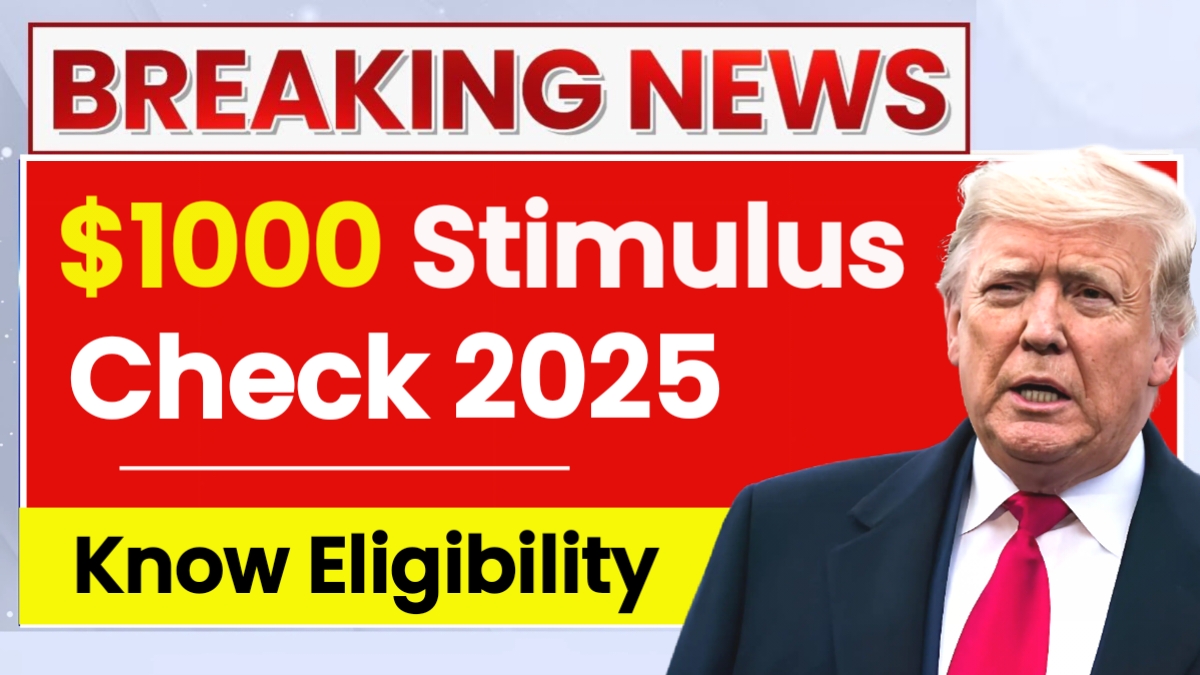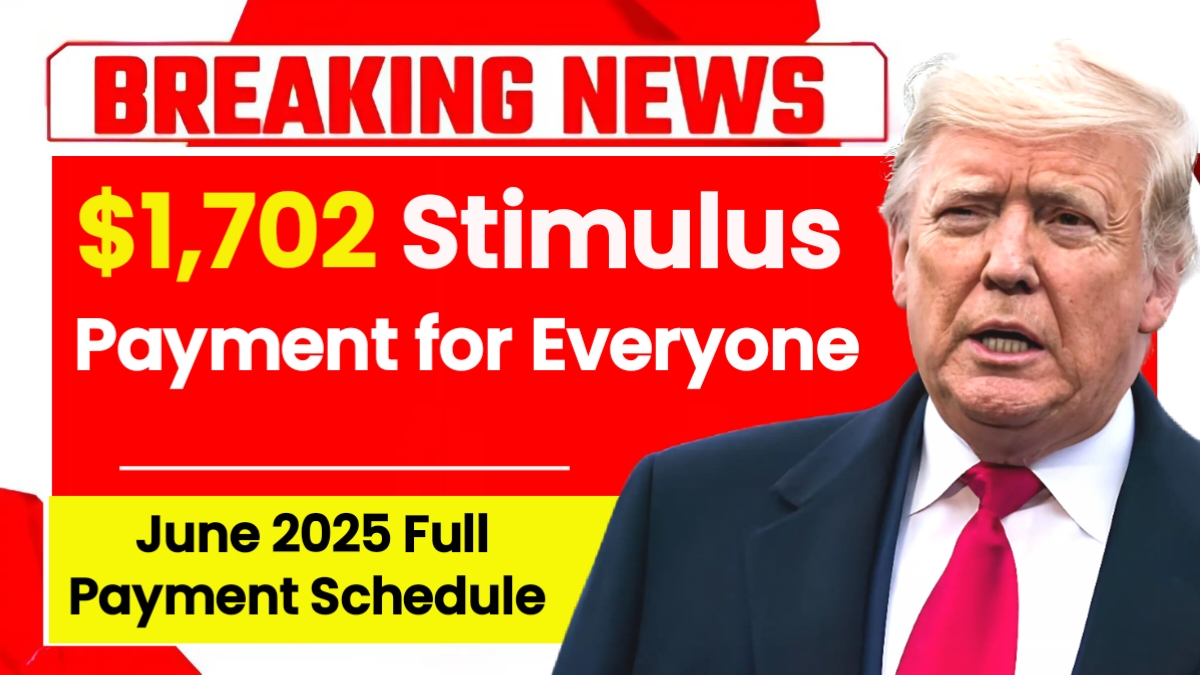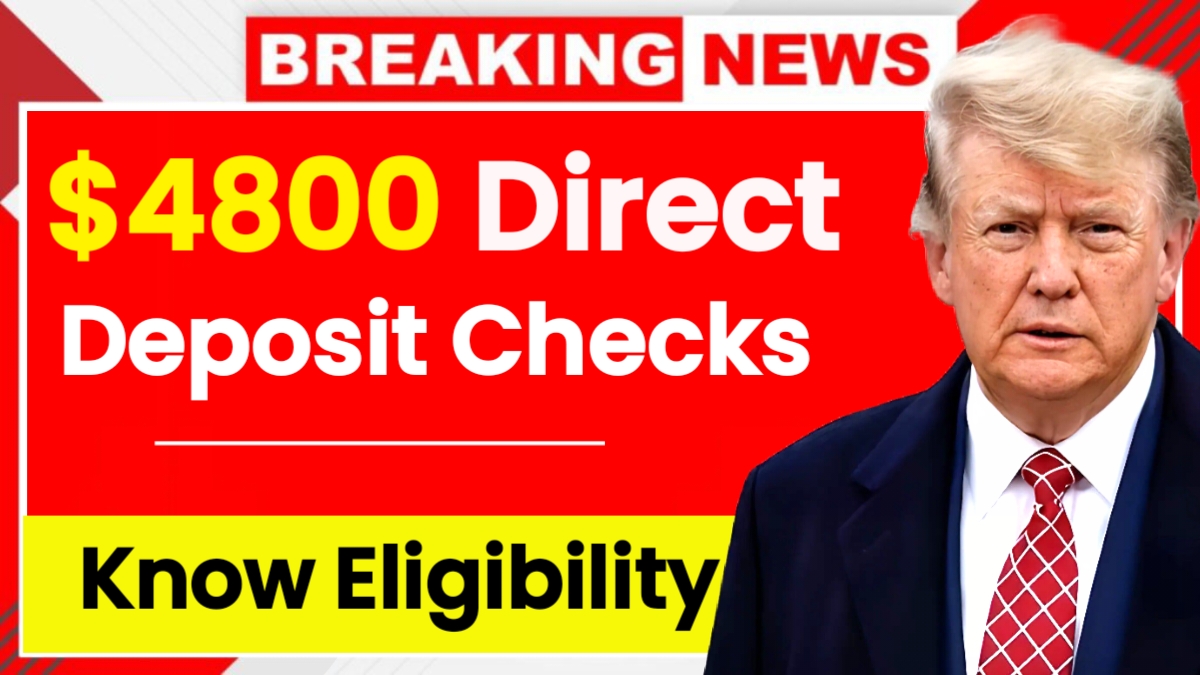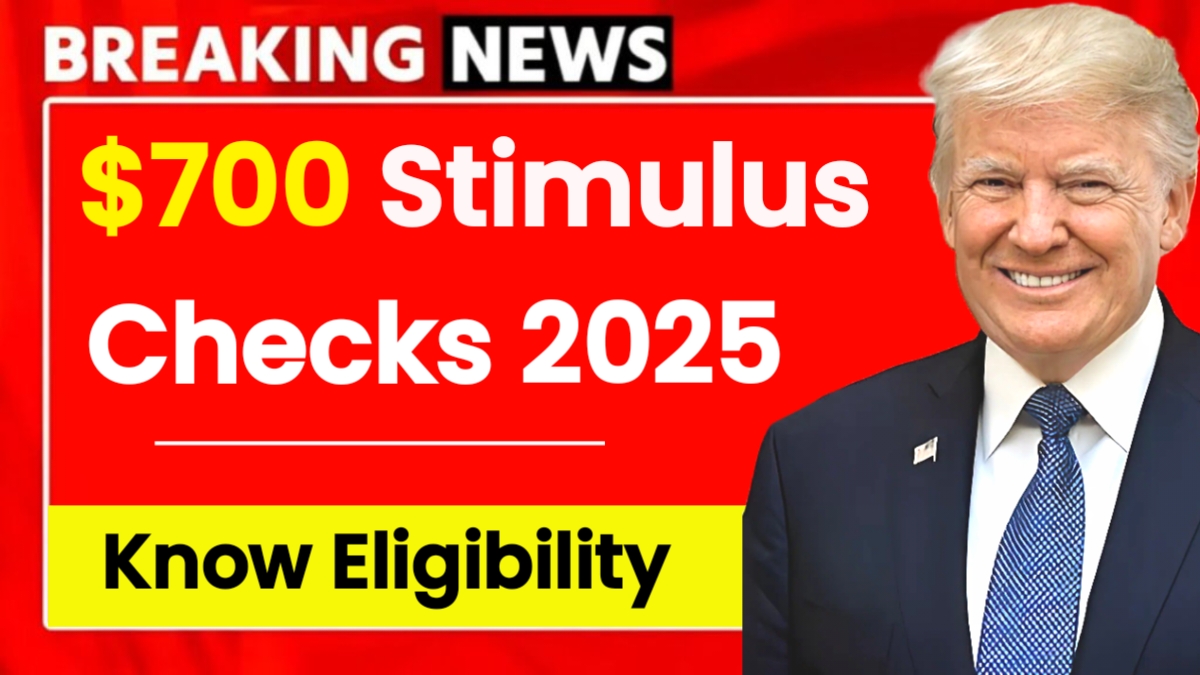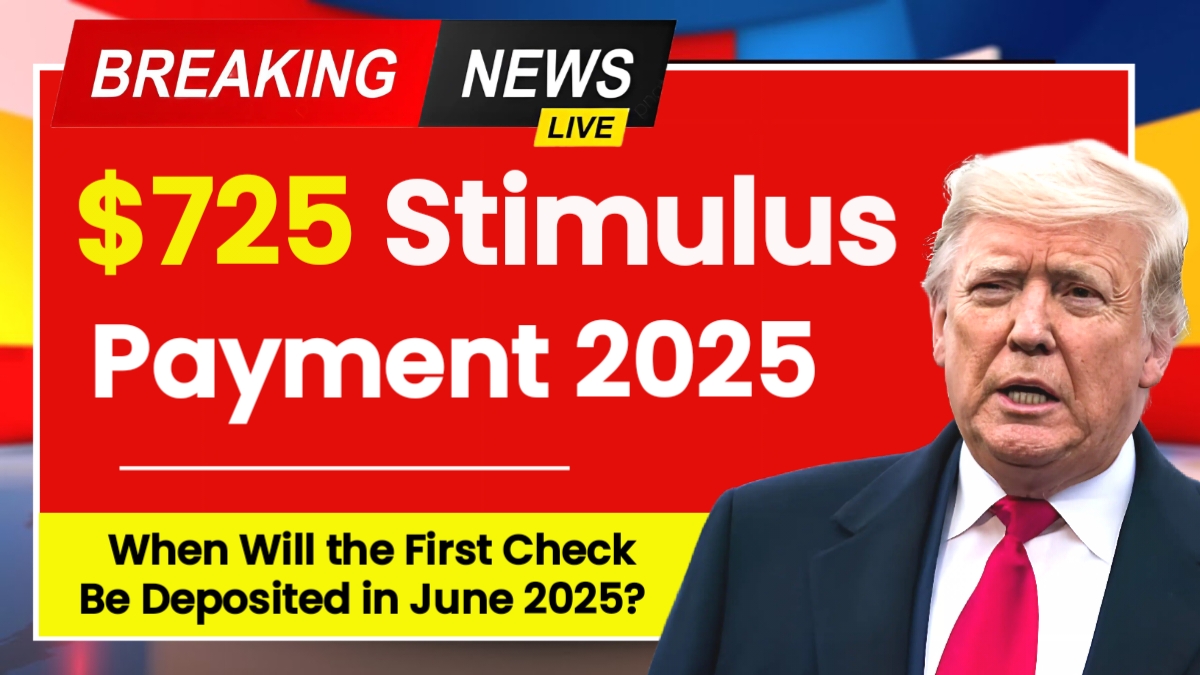$1000 Stimulus Checks 2025: Pennsylvania has launched a comprehensive financial relief program to help its most vulnerable residents cope with increasing living expenses. The state’s $1000 stimulus checks represent a significant expansion of support for those struggling with housing costs and basic necessities. This initiative comes at a crucial time when inflation continues to impact families across the commonwealth, particularly those on fixed incomes who face the greatest challenges in meeting their daily needs.
The program specifically targets three key demographic groups who are most affected by economic pressures: senior citizens, individuals with disabilities, and surviving spouses. These populations often have limited options for increasing their income, making them especially vulnerable to rising costs of housing, utilities, and other essential services.
Enhanced Rent Rebate Program Structure
Governor Josh Shapiro’s administration has transformed the existing Rent Rebate Tax Program into a more robust support system. The previous maximum benefit of $600 has been increased to $1000, representing a substantial enhancement in aid available to qualifying residents. This expansion reflects the state’s recognition that previous assistance levels were insufficient to address current economic realities.
The Pennsylvania Department of Revenue oversees this expanded program, ensuring proper distribution and administration of funds. The initiative has already provided assistance to over 430,000 citizens, with an additional 175,000 residents eligible for support. This broad reach demonstrates the program’s significant impact on Pennsylvania’s low-income community.
Income-Based Payment Structure
The stimulus payment system operates on a sliding scale based on household income levels, ensuring that those with the greatest need receive the maximum benefit. Residents with annual incomes between zero and $8,000 qualify for the full $1000 payment. Those earning between $8,001 and $15,000 receive $770, while individuals with incomes from $15,001 to $18,000 get $460. The minimum payment of $380 goes to households earning between $18,001 and $45,000 annually.
This tiered approach ensures that financial assistance is distributed fairly and reaches those who need it most. The income thresholds are designed to capture a wide range of low-income households while maintaining program sustainability and effectiveness.
Eligibility Requirements and Application Process
To qualify for these stimulus payments, applicants must meet specific criteria established by the state. Pennsylvania residency throughout the application period is mandatory, and applicants must fall into one of three categories: seniors aged 65 and older, disabled individuals aged 18 and above, or widowed persons aged 50 and above.
The application process requires proper documentation, including proof of Pennsylvania residency and a valid Pennsylvania Rental Certificate completed and signed by the property owner or landlord. Financial documentation supporting income verification is also necessary for benefit calculation and approval.
Extended Deadlines and Payment Timeline
Understanding that many eligible residents may need additional time to gather required documents and submit applications, Pennsylvania officials have extended the general application deadline to December 31, 2025. However, those seeking to receive their payment by May 2025 must submit applications by June 31, 2025, to ensure timely processing.
The state has allocated $266 million total funding for this expanded program, demonstrating substantial commitment to supporting struggling residents. Early application submission not only ensures faster processing but also secures placement in the program before enrollment periods conclude.
Program Impact and Future Outlook
This stimulus initiative represents Pennsylvania’s proactive approach to addressing economic challenges facing its most vulnerable populations. The direct payments provide immediate relief for housing-related expenses, helping recipients maintain stable living situations during economically difficult times. Unlike loans or credits, these payments require no repayment, offering genuine financial relief to qualifying households.
The program’s success in reaching over 600,000 residents highlights its effectiveness in providing meaningful support where it is needed most, establishing a foundation for continued assistance programs in the future.
Disclaimer: This article is provided for informational purposes only. Program details, eligibility requirements, and payment amounts may change. Readers should verify current information through official Pennsylvania government sources and consult with appropriate agencies before making application decisions.
